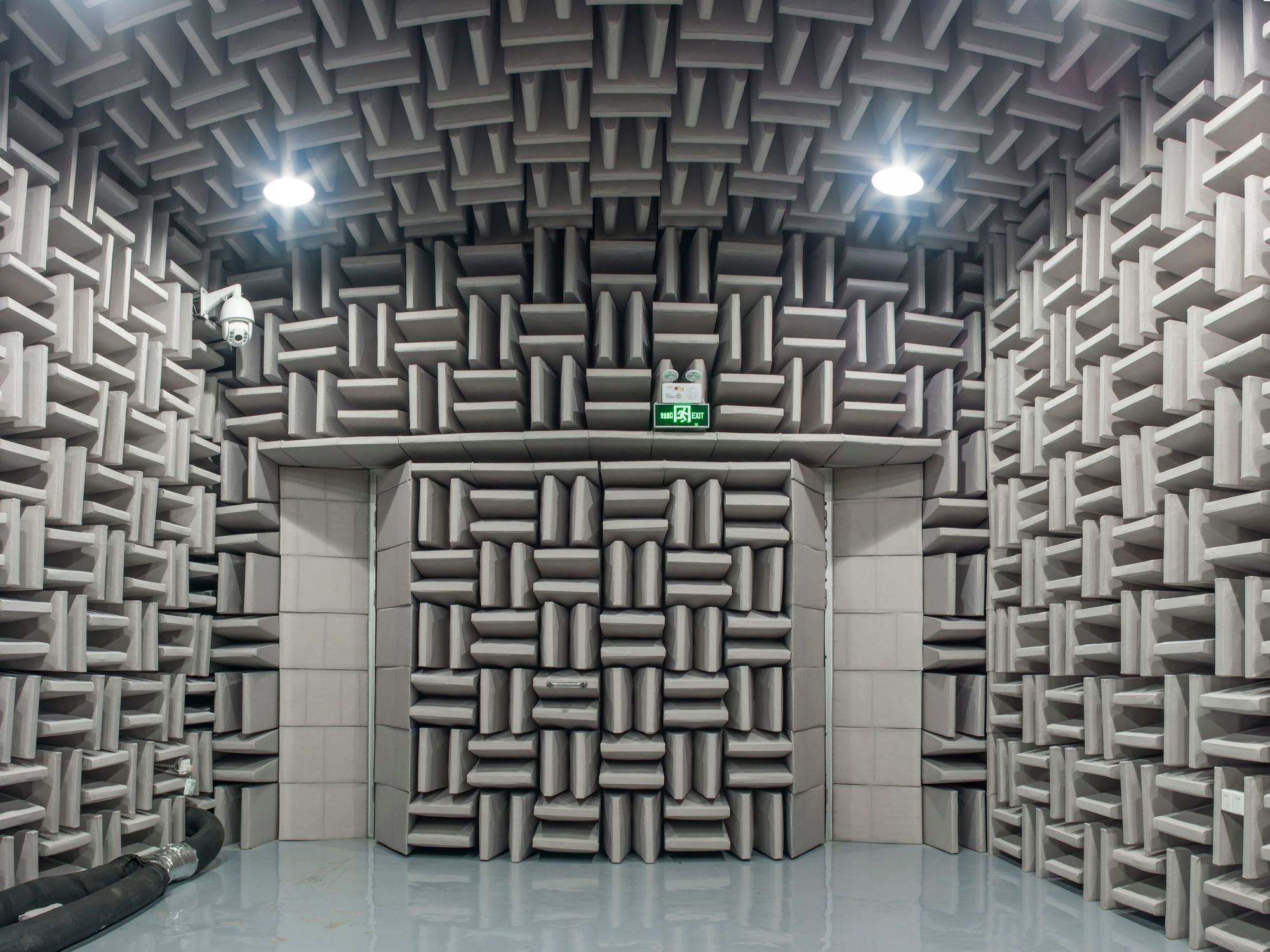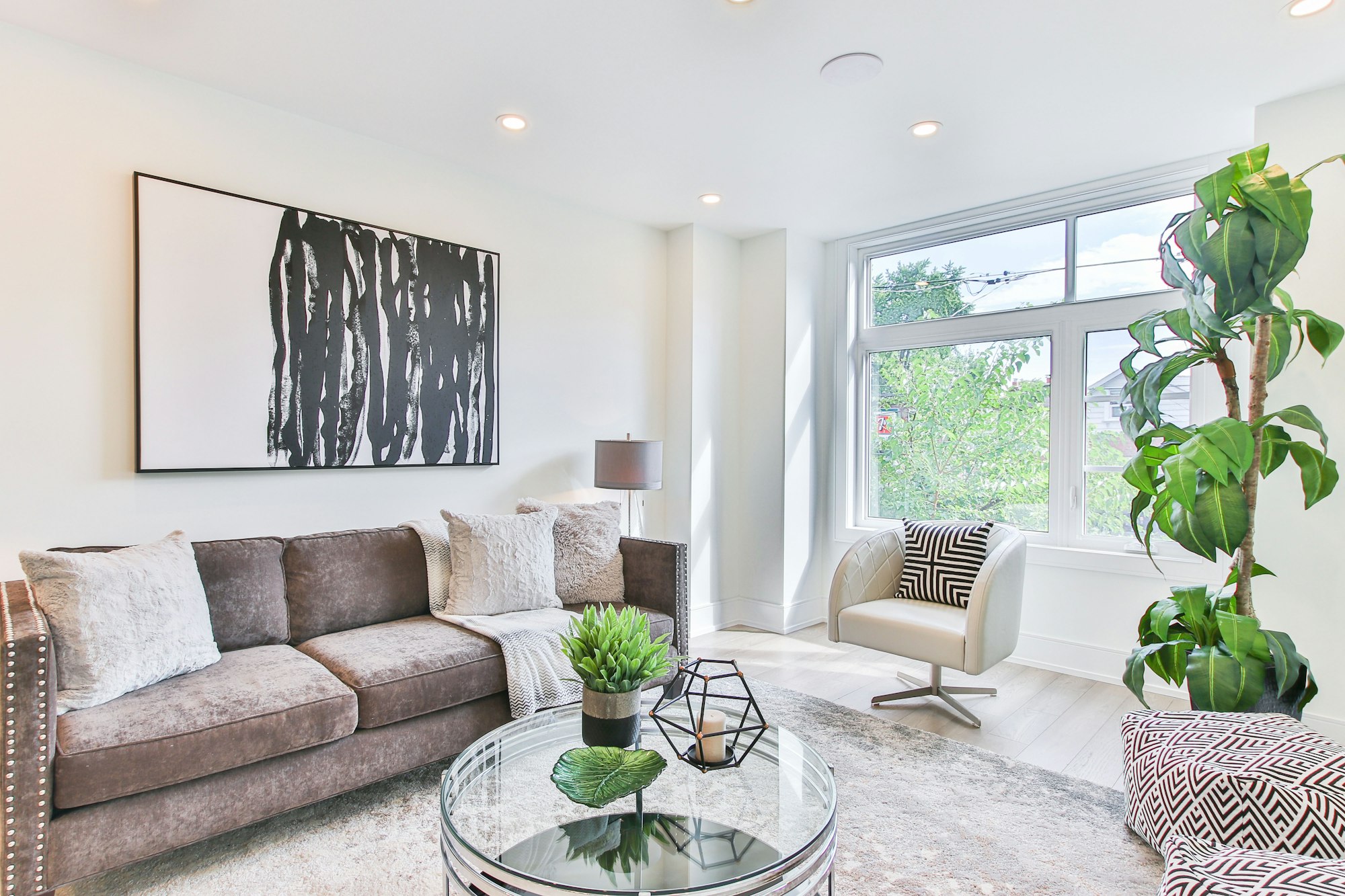You go someplace quiet. You turn on your sound level meter. You expect a 0 dB reading, but you don’t get one. Is the sound level meter inaccurate? How low is a 0 dB sound anyway? And is getting a zero dB reading on a sound level meter actually possible?
In this article, we are going to explore all these questions and find out what a decibel is, how it is measured, and what reading you can expect to get from a sound level meter in a quiet room.
So, before we go into how quiet a quiet room really is, let’s understand how sound is measured.
The Decibel and the Decibel Scale
The intensity of sound is measured in units called decibels (dB). Different levels of sound are recorded on a logarithmic scale called the decibel scale. This scale is very wide because the human ear can perceive so many varieties of sounds.
The ear’s built-in mechanism works to moderate sensitivity to sounds as they become higher and louder so that it can tolerate and hear a very wide range of sound levels. Just think how miraculous it is that you can hear a leaf falling just as well as you can hear a baby crying, an ambulance siren, or the guitar solo at a really loud concert.
What Is a Sound Level Meter and How Does It Work?
To measure sounds and dB levels, you can use a sound level meter. It is a measuring instrument that can determine the level of surrounding sounds by measuring the pressure of sound.
A sound level meter can help you measure levels of noise to limit or prevent your exposure to harmful noise levels. They are commonly used to monitor noise pollution in industrial and environmental settings. They can be used for sound mixing purposes and for choosing the best audio setup for your home. Of course, they can also be used for fun to measure the difference in decibels between common sounds like a balloon popping and a person whispering. Or, when you’re trying to prove a point.
Sound level meters come in various types and accuracy classes. Class 2 meters are good for measuring sound levels in basic environments like industrial, commercial, or residential ones. The class 1 meters are used for precision measurements, usually in laboratory settings.
What Is 0 dB?
As we’ve already mentioned, the human ear can perceive a very wide range of sounds. Most normal sounds are harmless. But, some levels of sounds can be harmful. In fact, being exposed to sound levels that exceed 80 dB over a longer period of time can cause hearing damage and anything over 120 dB will cause immediate hearing damage.
Scientists have determined that 0 dB is the lowest sound perceived by the human ear. This does not mean total silence, though. 0 dB means that the sound is so low that the sound pressure level is equal to the one of the reference level.
So, with this knowledge, let’s get to the real question:
How Quiet is Quiet? What dB Reading Should You Get in a Quiet Room?
Having determined that 0 dB is the lowest level of sound humans can hear, let’s find out what the normal dB reading of a quiet room should be.
Imagine when you were last in a very tranquil setting. Maybe in your bedroom at night, or in a quiet school library. Or taking a walk in the woods. Are those environments the type where you would expect the sound level meter to read zero? You will be surprised to learn that those settings are not even close to a 0 dB reading.
A quiet bedroom for example will usually get a dB reading between 25 and 30. Why, you ask? It’s because even though a room may seem quiet to you, there will still be sounds in the room with values above 0 dB.
To better understand how that is, here is a list of the dB levels for some of the most common sounds:
- The sound of breath: 10 dB
- Distant whispering: 15 Db
- A library: 40-45 dB
- A refrigerator: 50 dB
- A washing machine: 60-80 dB
- An air conditioning unit: 40-60 dB
- Electric toothbrush: 60 Db
- Normal talking: 60 dB
- Restaurant: 90 dB
- Baby crying: 110 dB
- Ambulance siren: 120 10 dB
- Jet engine: 120 dB
A reading of 0 dB would only happen in a room where all the sounds are so soft that they can’t be perceived by the human ear. The chance of that happening outside of the scientific environment is zero.
On the other hand, such places do exist. They are called anechoic chambers. They are set up by scientists who do research on the intensity of sound. They are strange environments with sound-proof ceilings, walls, and doors. But, even though they are very sound-proof, if a person were to step into such a room, the dB reading still wouldn’t be zero.

Why? Because it’s virtually impossible for someone to stay in that room without producing sounds that are above 0 dB. That person would have to be breathing (10 dB), would probably move (50 dB), even their bodily functions would make noise. The sound of a person digesting or their heart pumping blood would still be recorded at a level above 0 dB.
Conclusion
A reading of 0 (zero) dB on a sound level meter is not achievable in a normal environment. Common sounds we hear around us everyday range between 20 and 80 Db no matter how quiet we think it is. The sound of our own breathing or the computer humming would still be recorded at 10 Db, while more common noises like traffic or house appliances normally stand at levels of about 80 dB.



